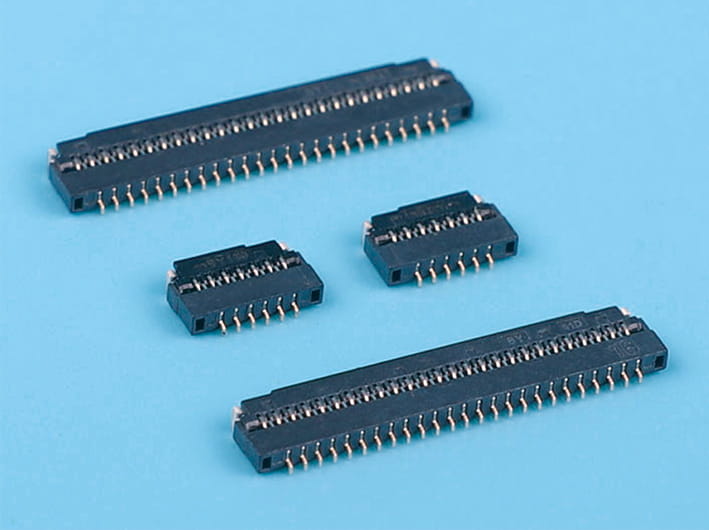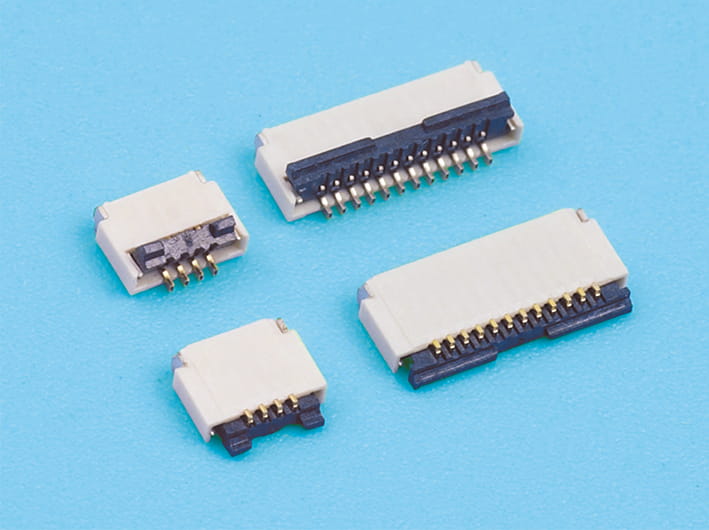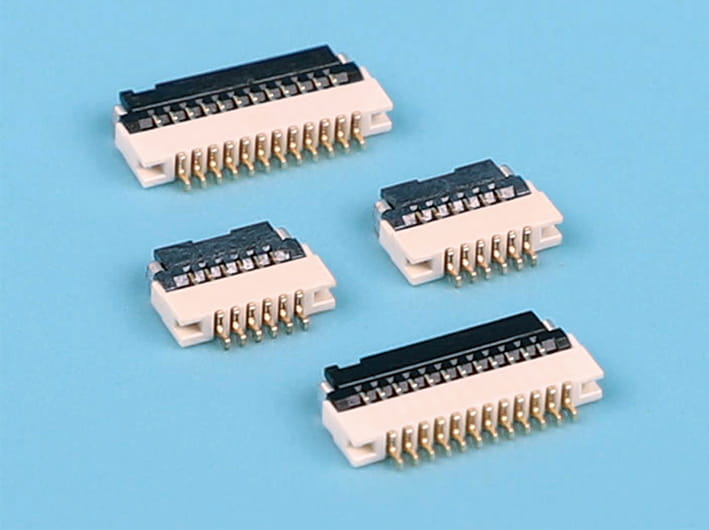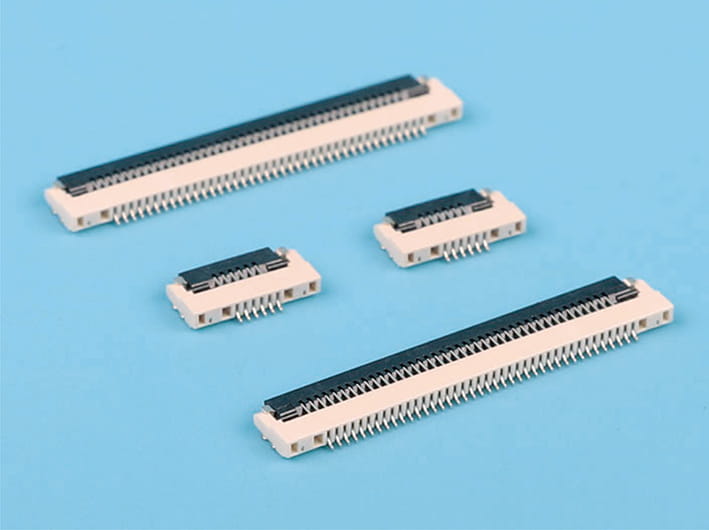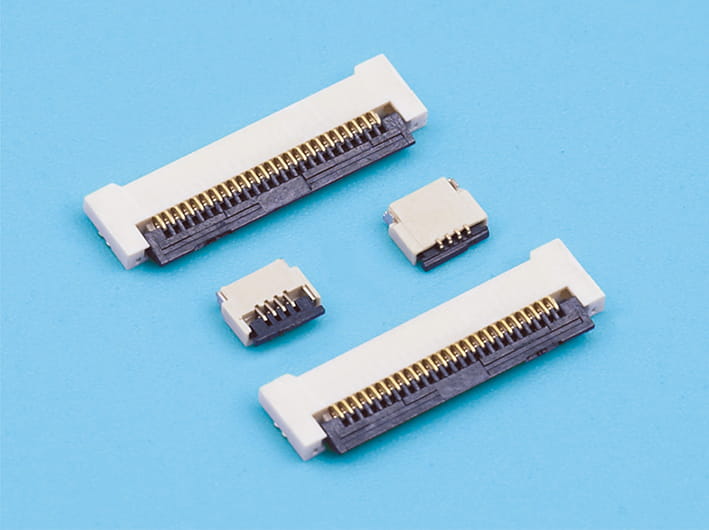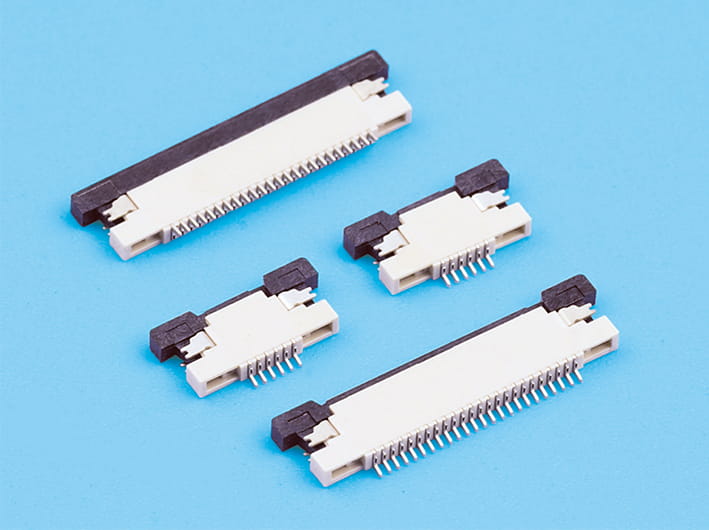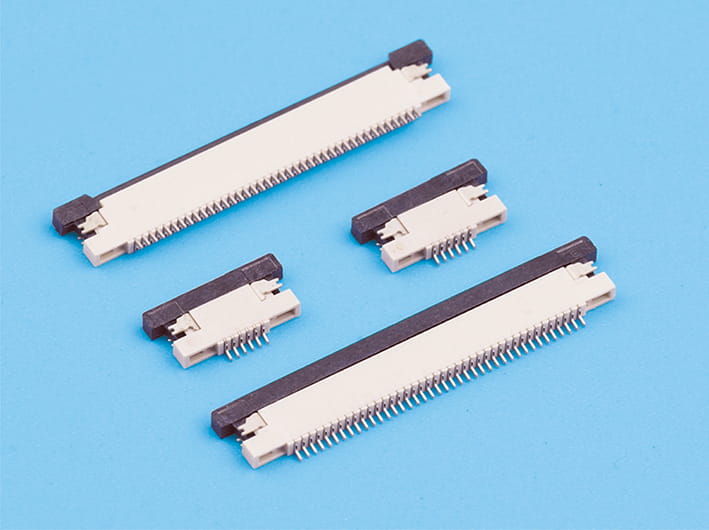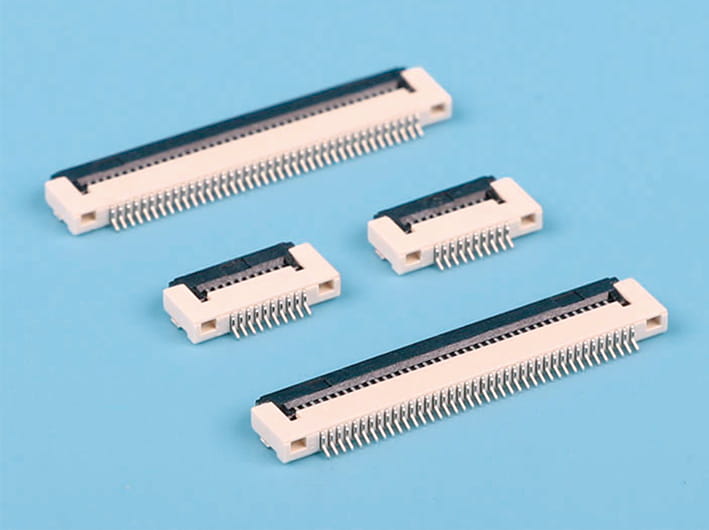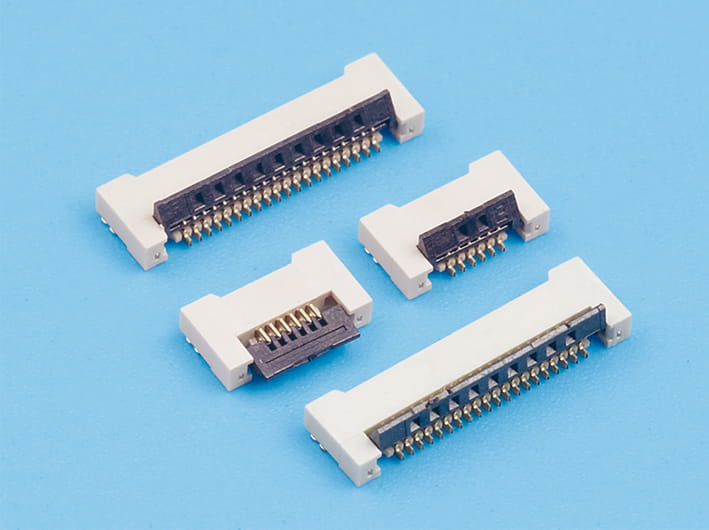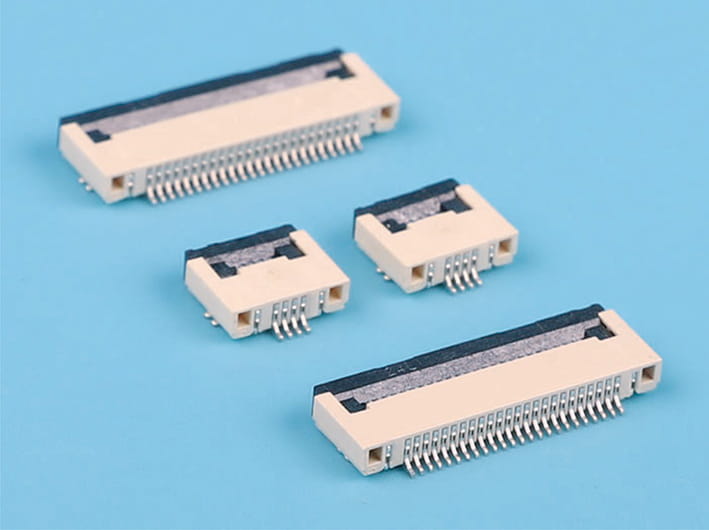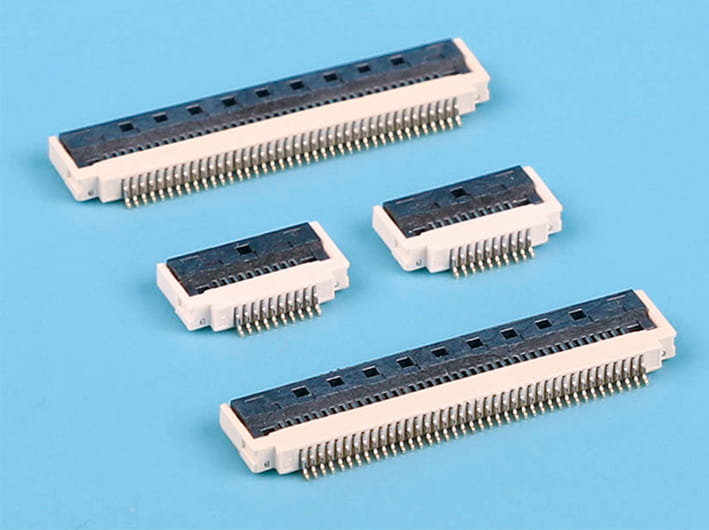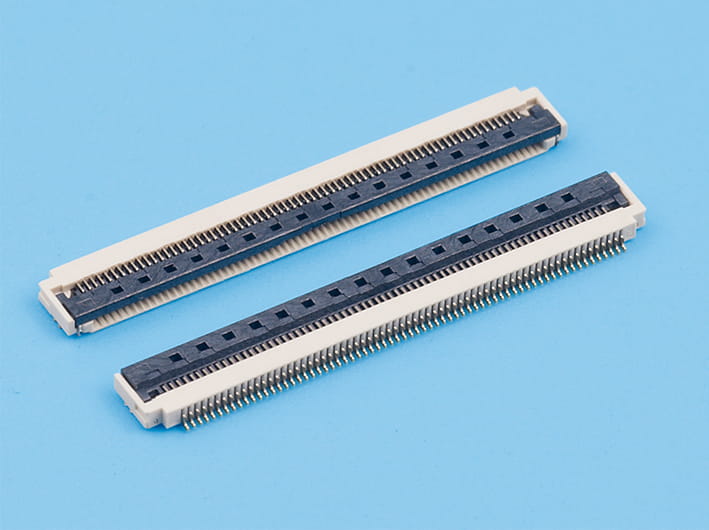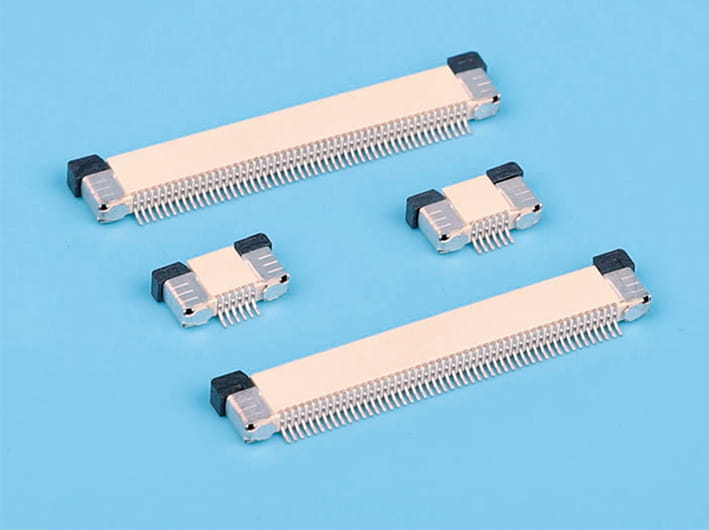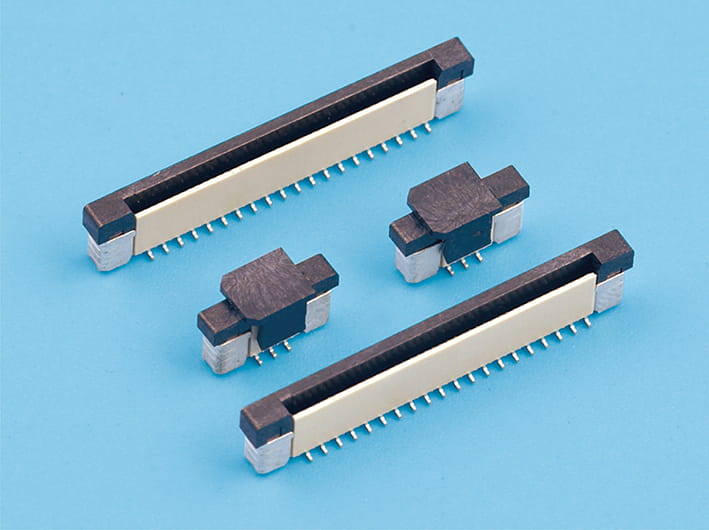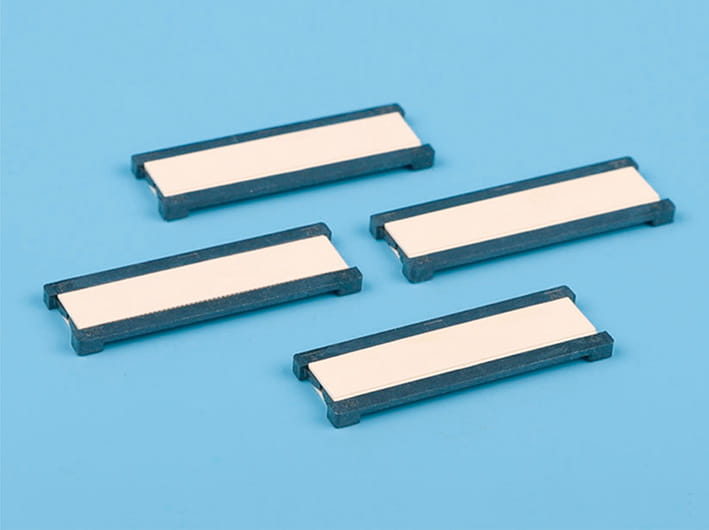Vibration Resistance and Structural Strength of Board to Board Power Connectors in Demanding Environments
Mechanical Stability Under Vibrational Stress
In many industrial and automotive applications, electronic components must endure constant mechanical vibrations and shocks without compromising performance. A Board to Board Power Connector, by design, serves as a critical physical and electrical bridge between two printed circuit boards. Its vibration resistance is directly linked to the mechanical integrity of its contact system and housing materials. High-quality connectors are engineered with robust retention features such as locking clips, latching mechanisms, and reinforced contact beams that maintain consistent mating pressure. These design features ensure that the connector remains firmly engaged even under prolonged vibration cycles, preventing signal loss or power interruption.
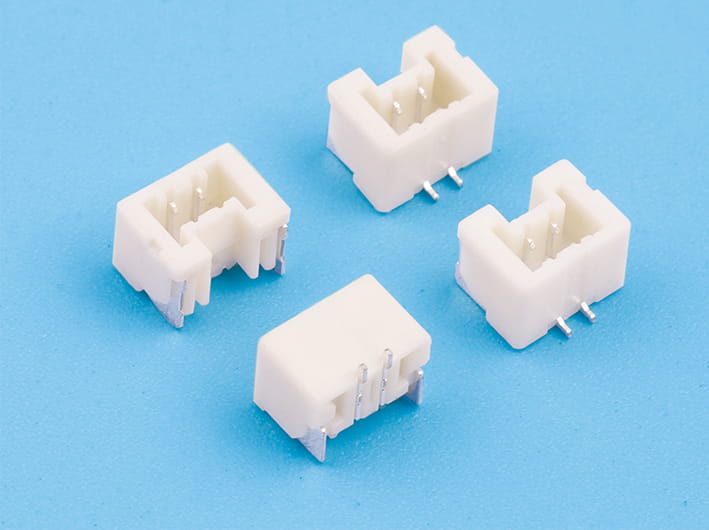
Material Selection for Structural Durability
The structural strength of a Board to Board Power Connector depends heavily on the materials used in its construction. Most connectors utilize high-performance thermoplastics for the housing, offering a combination of rigidity and impact resistance. Glass-filled polymers are especially common due to their good mechanical properties under both static and dynamic loads. Meanwhile, the contact terminals are typically composed of high-conductivity copper alloys, plated with gold or tin to ensure low contact resistance and mechanical resilience. These materials are chosen to withstand repeated mechanical stress without deformation, cracking, or electrical degradation over time.
Design Geometry and Contact Retention
Beyond material choice, the connector’s structural geometry significantly influences its ability to endure shock and vibration. Connectors with optimized contact shapes—such as dual-beam or forked designs—offer redundant contact points, which enhance both electrical performance and mechanical hold. Additionally, staggered pin configurations and tight tolerances contribute to a more secure fit between mating parts. These design strategies distribute stress more evenly across the connector interface and reduce the chance of pin deformation or housing fracture under vibrational forces.
Testing Standards and Qualification Protocols
Manufacturers of Board to Board Power Connectors typically subject their products to rigorous mechanical testing to qualify them for use in vibration-prone environments. These tests often follow international standards such as IEC 60512 or EIA-364, which simulate real-world operating conditions, including random vibration, sine sweep, and mechanical shock. During testing, key performance indicators like contact resistance, retention force, and structural deformation are monitored. Connectors that maintain electrical continuity and show no signs of mechanical failure under test conditions are deemed suitable for high-reliability applications such as aerospace, automotive, or industrial automation systems.
Mounting and PCB Support Considerations
Even a highly durable connector may fail if not properly supported in the overall assembly. To improve vibration resistance, it's important to use mounting hardware and PCB designs that reduce flexing and absorb mechanical stress. Connectors should be mounted near board supports or reinforced areas, and in some cases, additional mechanical reinforcements such as screws or solder tabs may be used. Proper alignment during assembly also ensures that stress is evenly distributed and reduces the risk of strain on solder joints or contacts.
Long-Term Performance in Harsh Conditions
In extended-use environments, the combination of vibration, temperature fluctuations, and humidity can degrade both mechanical and electrical performance. High-strength connectors are often tested for thermal cycling and corrosion resistance to ensure they retain their mechanical engagement and structural strength over time. Gold-plated contacts, for instance, offer better corrosion resistance and maintain lower contact resistance even after extended exposure to environmental stressors. The result is a connector that continues to perform reliably in mission-critical applications despite ongoing mechanical strain.



 English
English 中文简体
中文简体 Español
Español عربى
عربى